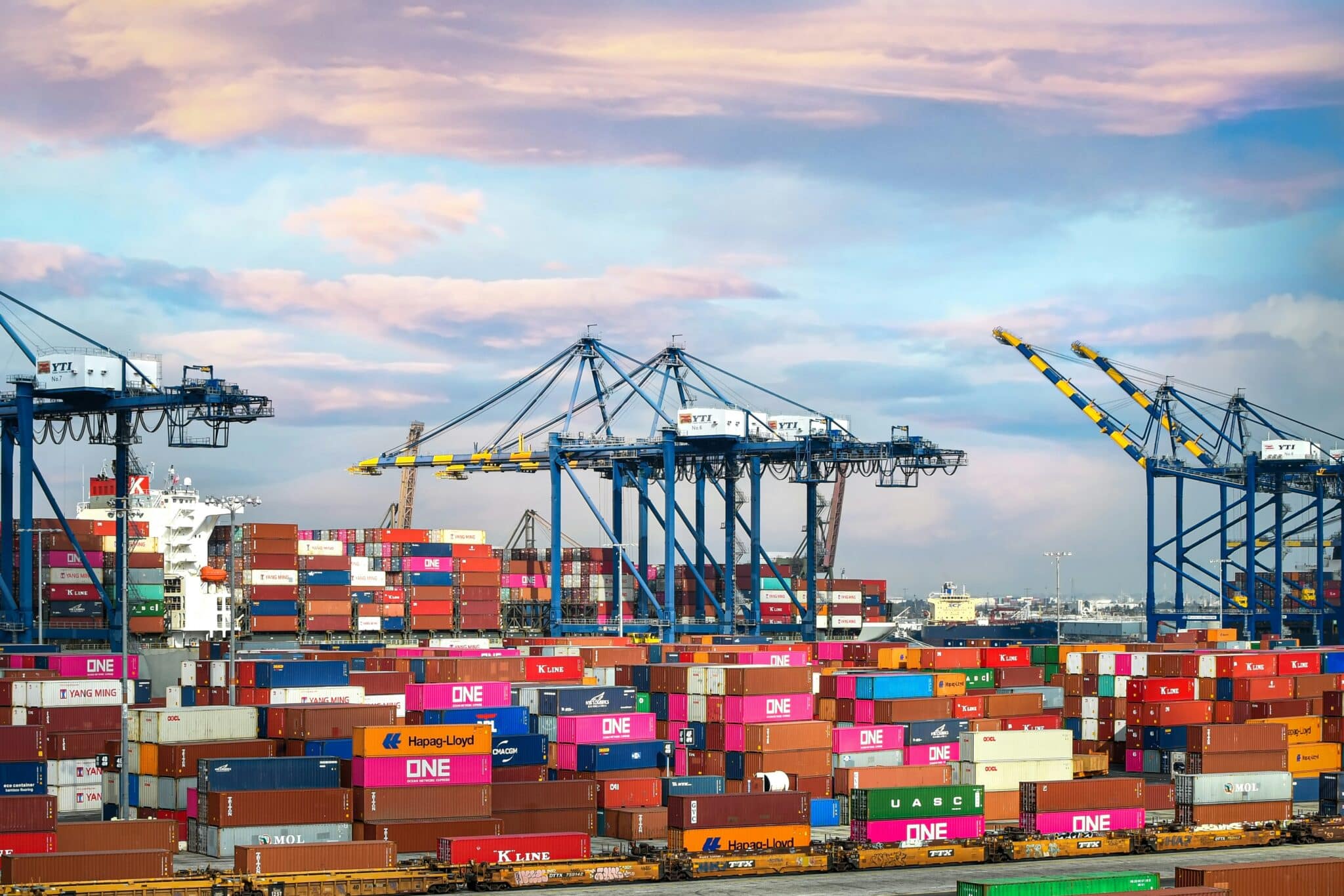What’s the state of your inventory management today? Are you reliant on spreadsheets, snapshots and individuals’ knowledge? Or do you have a near-time view of all activity that automatically prompts planners, buyers and the rest of the team, allowing them to run with their heads up?
When you’re operating in a dynamic environment, you’re only as good as your ability to forecast.
When the environment changes, the models struggle
In the digital age, with modern ERP systems, there is a wealth of information to feed into your forecasts. Spreadsheets, plug-ins and homemade models tend to become the default options.
In tough economic times like we’re experiencing now, cash is king. Tying up working capital through holding unnecessary stock places a drag on the business by reducing resource, but with disrupted supply chains thanks to COVID and Brexit, buffer stock seems desirable.
Being able to rely on better forecasting and demand planning to optimize inventory can deliver benefit straight to the bottom line, reducing risk and increasing resilience. This isn’t achievable within a system reliant on spreadsheets and homemade models lacking in agility.
Demand ‘pull’
Sales and production plans are ‘push’ plans – aimed at selling or producing as much as possible.
Finance teams produce detailed financial forecasts for the business. Production planners or buyers then painstakingly calculate requirements and outputs. However, these plans are rarely integrated and objectives can sometimes become contradictory.
Demand planning involves looking at the factors that are ‘pulling’ actual sales. Adjusting production and supply chain resources based on consumer demand and specific promotional response has a number of advantages.
These include:
- Increased customer service with reduced inventory levels
- Improved supply chain capacity and cost control
- Increased supply chain responsiveness and flexibility
However, consumer demand and promotional response can be volatile. This is particularly the case when viewed across multiple retail clients and geographies, then compounded by a high volume of SKUs.
The systems, data gathering and models required for the demand planning process at this level are complex. They take time to pull together, which means that they are produced less frequently and end up being based on snapshots. The overall accuracy of the models being applied cannot be reviewed often enough to keep pace with any volatility.
Advanced forecasting and automated replenishment
Systemised forecasting (where the right models are applied based on the latest patterns of demand, at SKU level) creates multiple benefits:
- Resource efficiencies – less time spent on data extraction, manipulation and spreadsheet updates
- Increased accuracy – plans can be created based on what is actually happening, in real-time
- Automation – basic, repetitive decision making that doesn’t require human judgement or innovation can be handled by technology
- Optimization for service levels.
Once safety stock is being calculated in near real-time based on real data, it becomes possible for the business to work according to a single, integrated plan. Objectives become shared and collaborative.
Releasing the true cost of inventory
Few companies realise the full cost implications of holding inventory. Until it is used or sold, that stock provides no value to an organisation yet there is a cost to holding it thanks to warehousing and storage charges. Variable product lifecycles can result in stock being discarded entirely.
For planning to be effective, it must involve truly cross-functional engagement across a business. It also has to be aligned to what is actually happening, in real-time. Achieving this enables inventory optimization which balances cash flow and service levels.
The AGR software provides effective processes for your demand planning and makes it simple to optimize inventory around the current priorities of your business. Get in touch today to see just how much of a difference it could be making to your resilience and adaptability.





